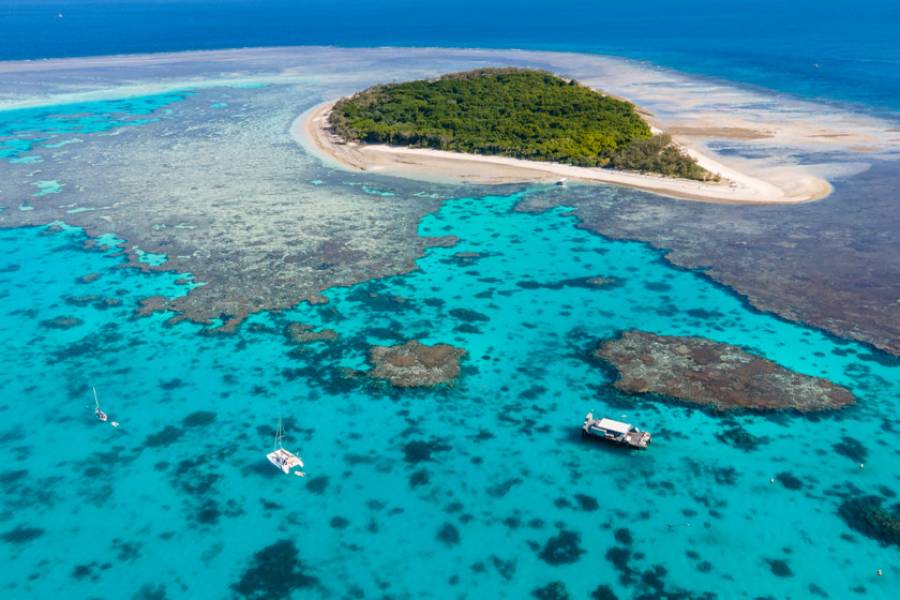Great Barrier Reef in danger of plastic pollution

Australia: A three-year study of plastic waste in the central Great Barrier Reef area has found there is a chronic risk to marine organisms from plastic exposure.
James Cook University’s Professor Mark Hamann was part of the study, in collaboration with the Australian Institute of Marine Science (AIMS).
He said plastic pollution is found throughout the global marine environment, including seawater, marine sediment, ice cores, and a multitude of organisms at every depth.
“We estimate that by 2030 there will be a yearly input of between 20 and 53 million metric tonnes of plastic into aquatic eco-systems, with the associated risks likely to increase by roughly 50 per cent in some marine environments,” said Professor Hamann.
He reiterated that microplastics less than 5mm in size are a particular concern, due to their continued intake and retention in marine organisms.
The team, based at AIMS, conducted 66 surface seawater tows using a plankton net near the SS Yongala shipwreck, southeast of Townsville (Gurumbilbarra) between September 2016 and September 2019.
“A total of 533 synthetic and semi-synthetic plastic items were detected across all tows, with plastic items in every tow sampled except for one,” said Professor Hamann.
He said 92 per cent of fragments and fibres were microplastics.
“Similar to our results, most microplastics previously detected in both GBR waters and coral reef fishes have been identified as microfibres of textile origin, likely derived from clothing and furnishings,” said Professor Hamann.
He said plastic concentrations were found to be significantly influenced by extreme weather events and associated increases in wind speed and river discharges, resulting in an outflow of plastic debris from rivers.
“Despite peaking immediately following extreme weather events, the overall trend of plastic contamination did not change over the three years of study, suggesting continued and chronic risks of plastic exposure to marine organisms.
“This highlights the need for long-term and on-going monitoring of the marine environment for plastic contamination,” said Professor Hamann.
Advertisement
Trending
Popular
Hair loss: Discovery uncovers key stem cells that could reverse ...
-
Broccoli sprout compound may help lower ...
11:31 AM, 25 Feb, 2025 -
Gas Pain vs. Heart Attack: How to tell ...
09:00 PM, 22 Feb, 2025 -
Coconut oil supplement shows promise ...
08:00 PM, 20 Feb, 2025 -
Normal vitamin B12 levels may still ...
05:00 PM, 19 Feb, 2025



